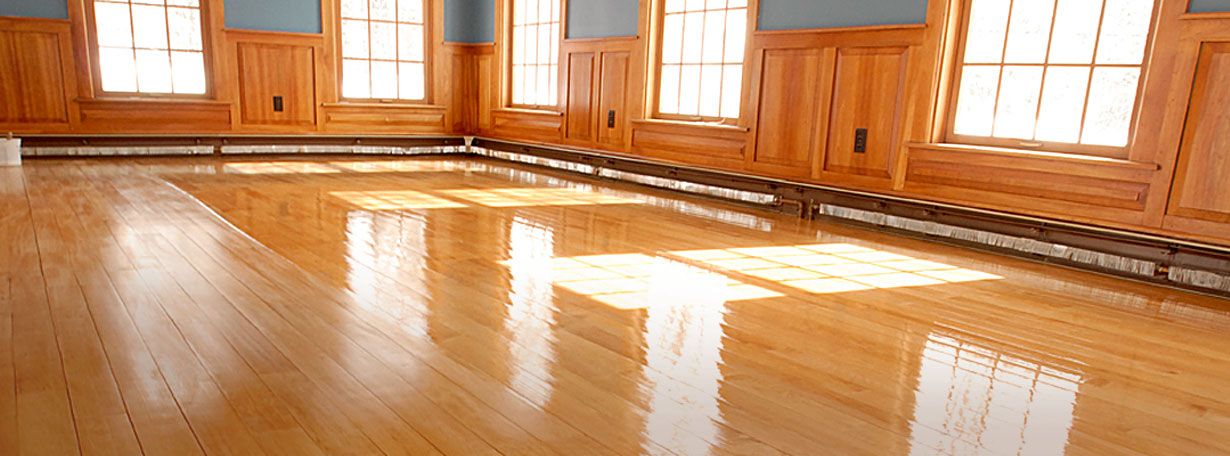
DEFINITION OF FLOORS:
Floors are horizontal elements of building structures which divide building into different levels for the purpose of creating more accommodation with in the restricted space, one above the other and also provide support to the occupants, furniture and equipments of a building.
FLOOR FINISHES
A floor finish is a liquid which is applied to a resilient tile floor and dries to a hard, durable and smooth film. This film is about the thickness of waxed paper and is expected to protect and extend the life of the floor while providing an attractive appearance and slip resistant surface.
WHAT’S IN A FLOOR FINISH
High quality floor finishes may contain as many as twenty-five ingredients. Some of these ingredients evaporate while others remain on the floor after drying. The ingredients that evaporate are called, “volatile” components and the ingredients that stay on the floor are called, “non-volatile” components. The volatile ingredients assist in the film formation, drying and curing of the finish and then evaporate. The non-volatile ingredients are the solid materials which stay on the floor and make up the floor finish film.
The ingredients used to make floor finishes combine to produce a balanced blend of physical and performance characteristics. Some of these characteristics include: hardness, gloss, clarity, scuff resistance, slip resistance, water and detergent resistance, buffability, removability, recoatability, and toughness.
There are five basic categories of floor finish ingredients, (1) polymer emulsions, (2) film formers, (3) modifiers, (4) preservatives and (5) water.
FLOOR FINISHES FOR COMMERCIAL BUILDING
CRITERIA FOR SELECTION OF FLOORING
- It should be durable
- It should be easy to clean
- Noiseless
- Have Good Appearance
- Free from dampness
- Fire Resistant
- Low Maintenance cost
OPERATIONS REQUIRED BEFORE TAKING UP FLOORING WORK
- Laying of all services like cables, pipes, conduits should be completed
- Plastering works should be completed.
- Fixing of door and window frame should be completed.
- Heavy work in the room where flooring to be done should be completed.
- Marking of outlets and points of level wherever the slopes in the floors required.
OPERATIONS REQUIRED AFTER TAKING UP FLOORING WORK
Grinding of stone :
- Grinding is the process of making the stone surface levelled and uniform.
- This step removes all ledges, roughness and brings flatness to marble floors. Also, this step can remove the most deepest scratches and stains.
Honing of stone :
- Honing is the process of smoothening the surface.
- This step remove scratches,stains and make more uniform finishes.
- Stone looks spectacular again.
Polishing Of Stone :
- Polishing is the process of creating a smooth and shiny surface by using rubbing or a chemical action.
- Polishing gives a mirror like look to Stone surface.
- Polishing protects the stone surface from scuffs and scratches.
- Proper polishing of stone surface increases its durability.
- Fine polishing give a glossy look to the stone surface.
- Polishing adds smoothness to stone’s surface.
- Polishing of stone will diminish the finger prints and smudge.
- Well polished stone is easy to clean and maintain.
- Polishing is the most important tool for beautification of stone.
- Polishing of stone also shield it from permanent stains.
Steps to Polish Stone
- Clean the Stone surface appropriately. Ensure that no stains smear left on it.
- Wipe the stone surface and wait till it gets properly dried.
- Spray the good quality polish on stone surface
- Take a white terry cloth and buff it properly.
- Buffing may be done by machine provided, expert to handle it.
- If observe any blotch then stop buffing for few minutes and then restarts the buffing.
- If the smudging continues, just spray again stone polish and without delay buff it. It will give a stripe free shine.
FOR MORE INFO GO TO THE LINK: https://constructionduniya.blogspot.com/2012/02/various-types-of-floor-finishes-in.html
